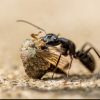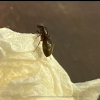Is there a way to tell for-sure if a queen is L. Niger or not? I caught several hundred queens during the recent flight. It's easy to tell apart L. Niger from L. Flavus due to the yellow underside of L. Flavus. But I'm wondering if some of the extra-dark ones are actually Formica Fusca queens? Because, in my experience, L. Niger queens tend to be more brown than black. I've also noticed that some of the queens have more noticeable banding on their abdomens than others. I'd love if someone who has experience with these common species could chime in their thoughts!
Here's a couple example of lighter-colored queens (I am assuming L. Niger):
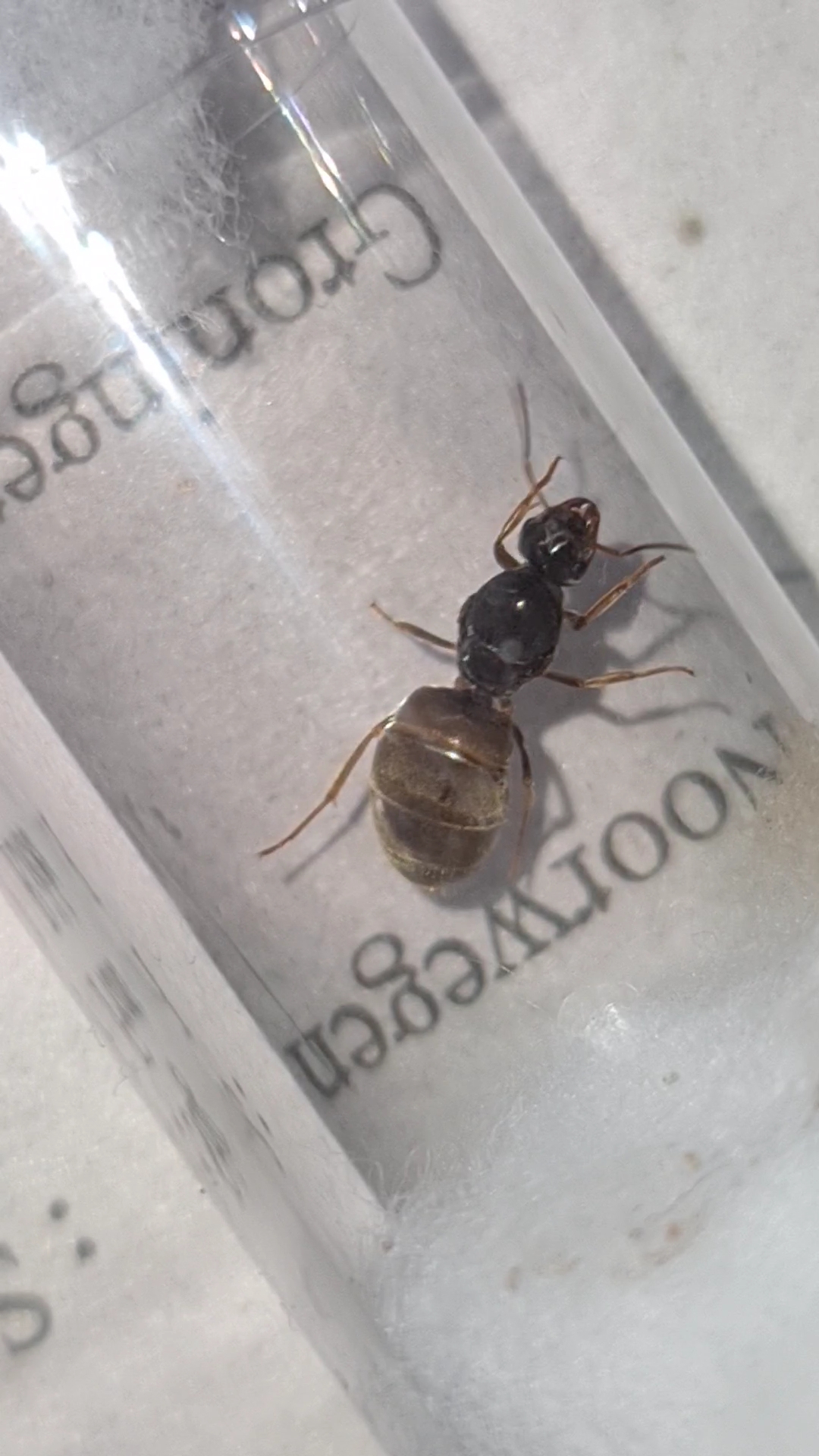
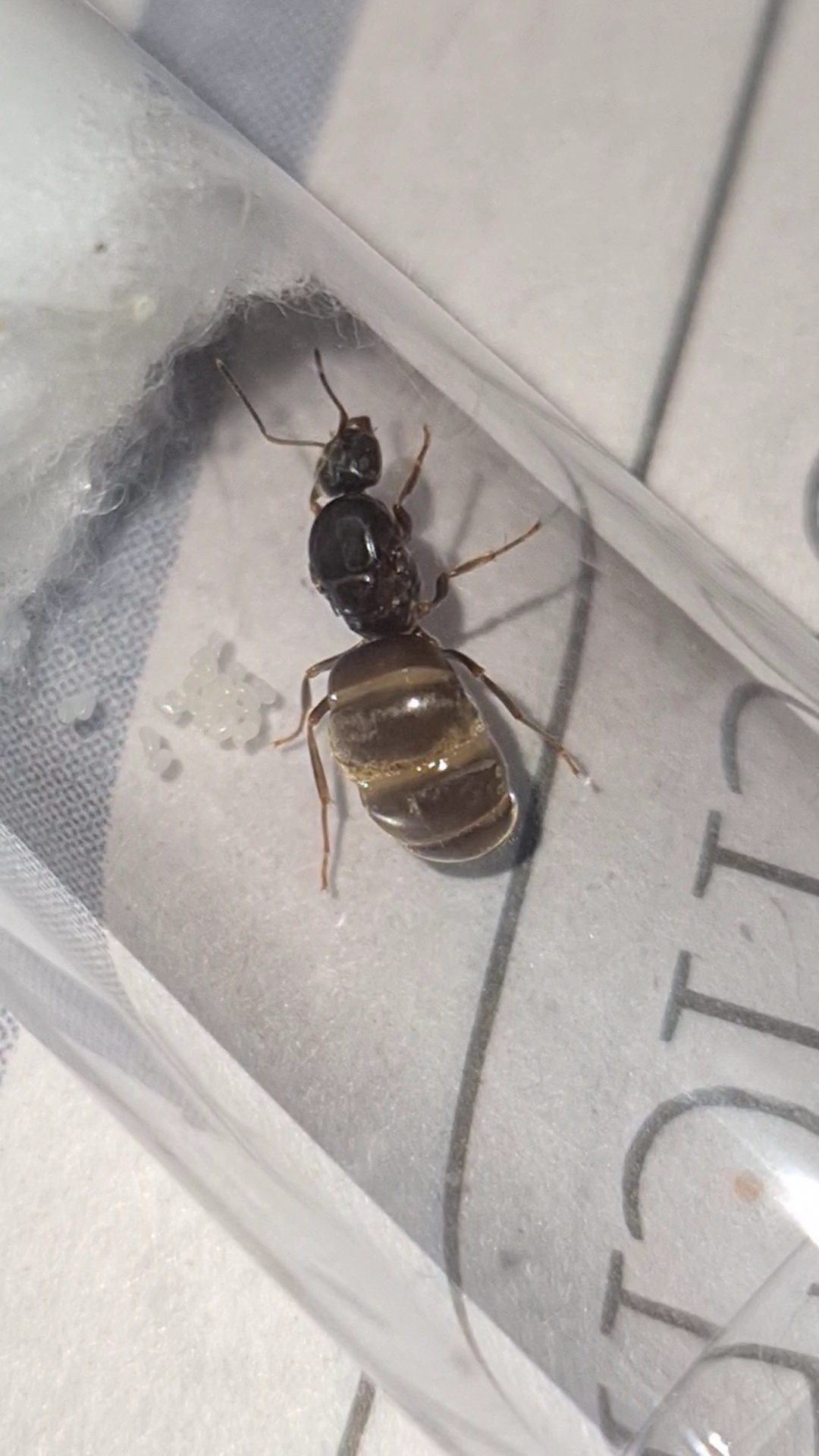
And here's a couple of the darker ones, which I am wondering if they are perhaps a different species such as F. Fusca:
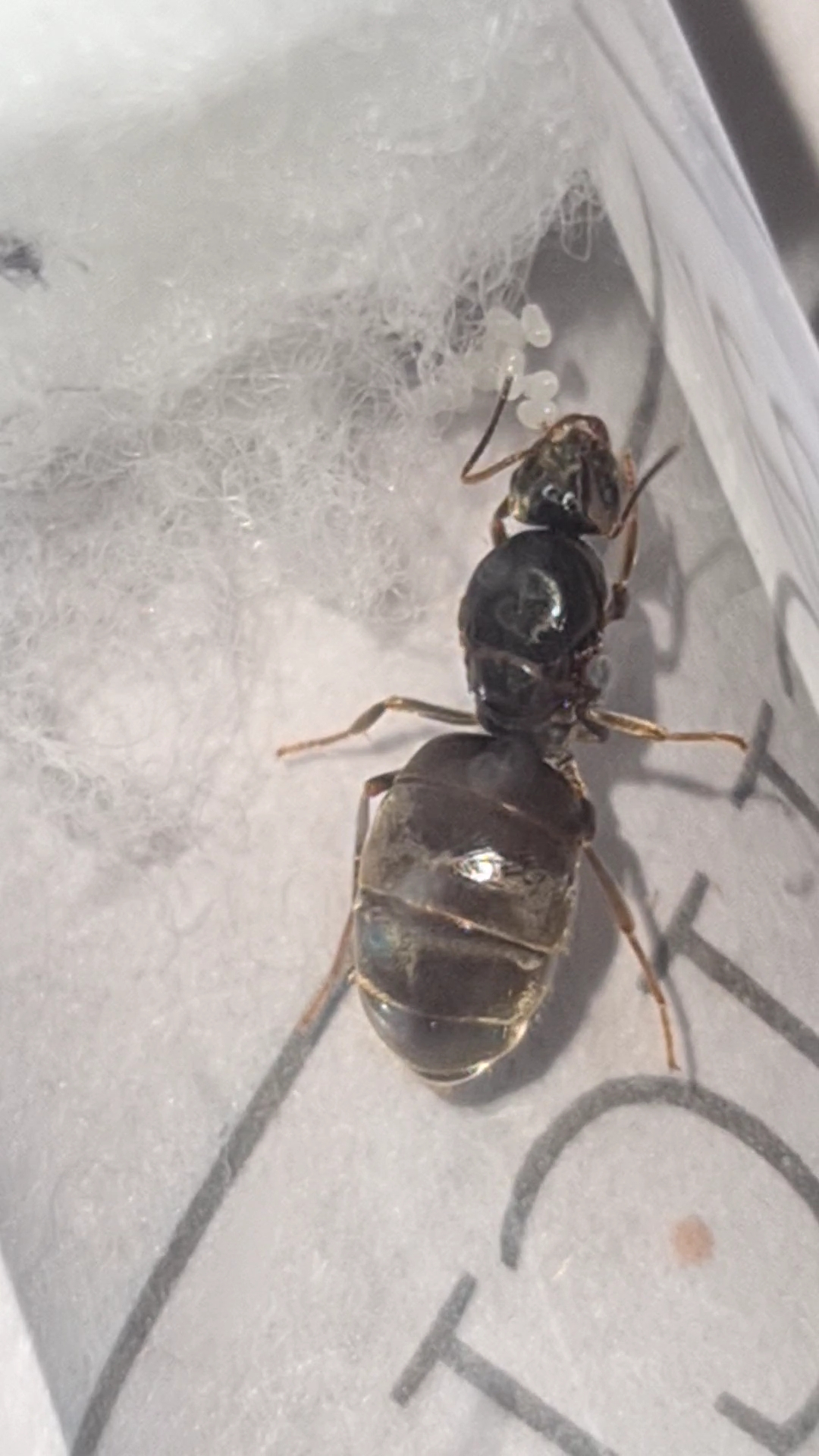
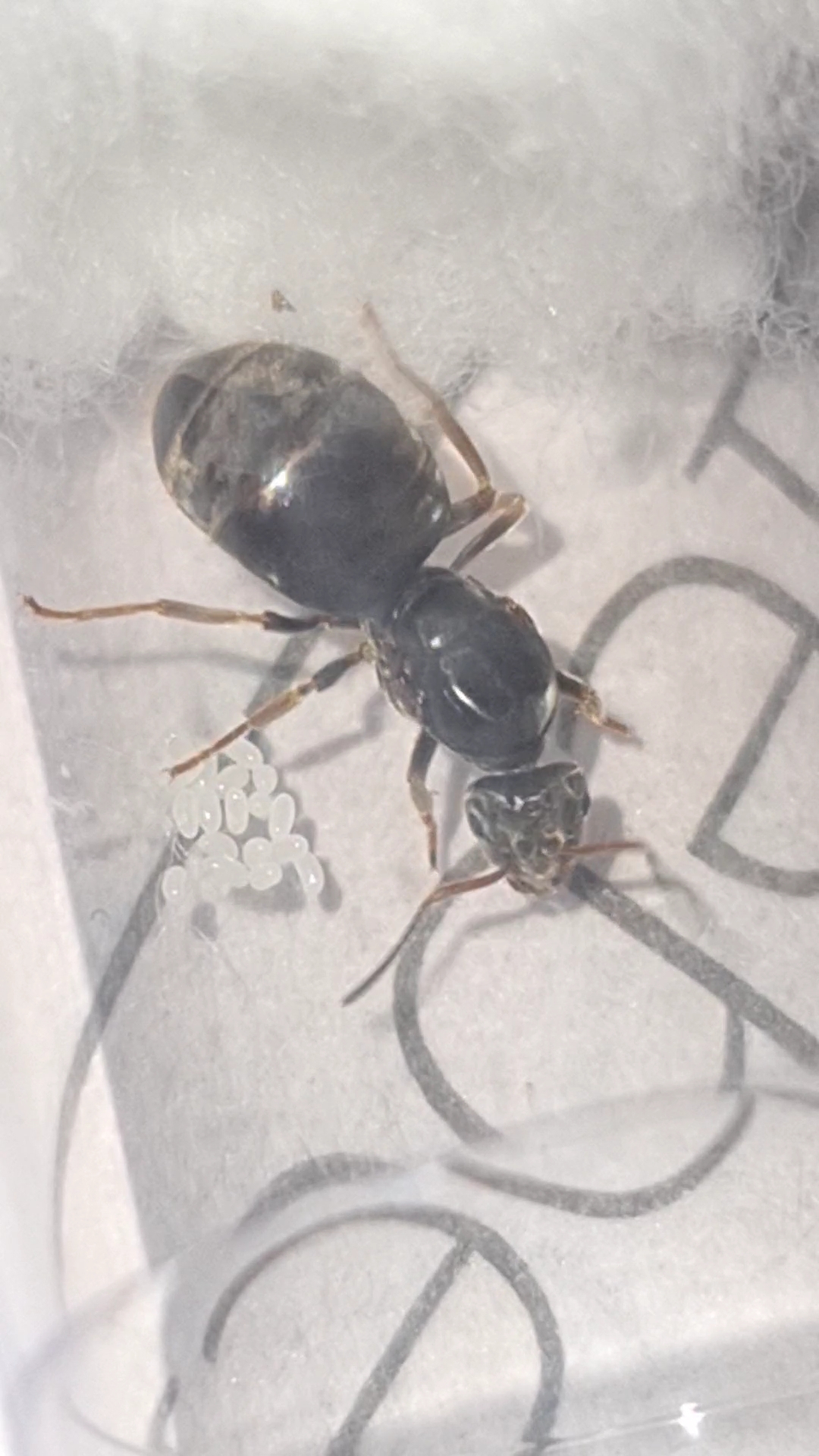
Especially in the last one, her proportions seemed a little different.
I'd appreciate any input, I have several hundred to sort through and am trying to make sure I get correct ID's!
Location is North Holland, the Netherlands.






